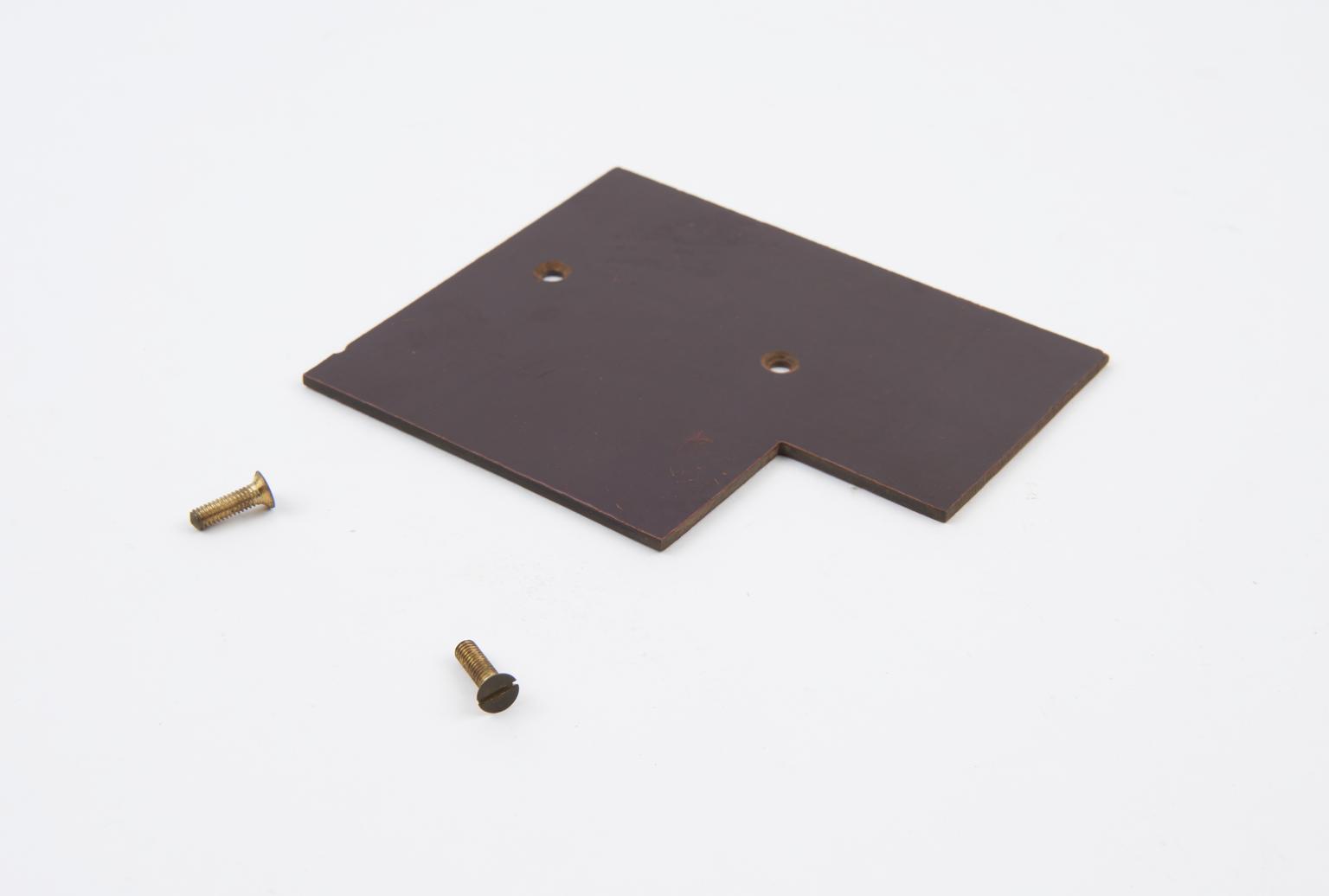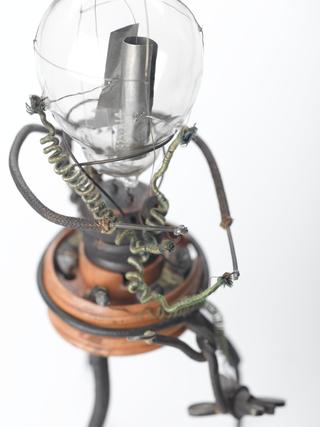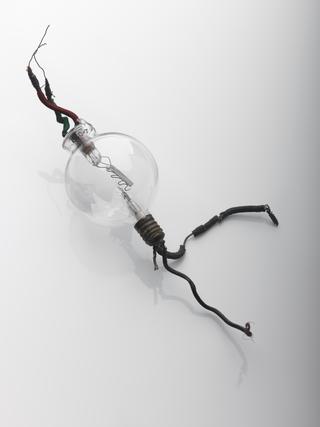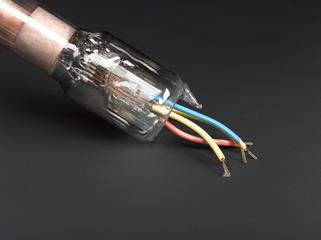Sargrove sprayed-circuit radio receiver experiment, 1936-1937
Sargrove sprayed-circuit radio receiver (experimental model), made by John Sargrove, Walton-on-Thames, Surrey, England, 1936-1937.
More
John Sargrove was a pioneer of Electronic Circuit Making Equipment (ECME), in order to automate the process of making radios. ECME could automatically produce complete radio circuit panels ready for assembly, at a rate of three per minute. A pre-moulded Bakelite panel was grit blasted, sprayed with metal and graphite, milled, lacquered and tested, emerging 20 seconds later for final assembly. The panels then only required a few components such as valves to be inserted by hand, and the completed assembly was fitted into a cabinet. This is an experimental model made by Sargrove between 1936 and 1937. His idea was never taken up generally, partly because it was seen as a threat to jobs, but represents the first modern approach to automatic operation in electronic manufacture.
- Measurements:
-
overall: 200 mm x 205 mm x 130 mm, 1.51kg
- Object Number:
- 1964-256 Pt1
- type:
- radio receiver
















